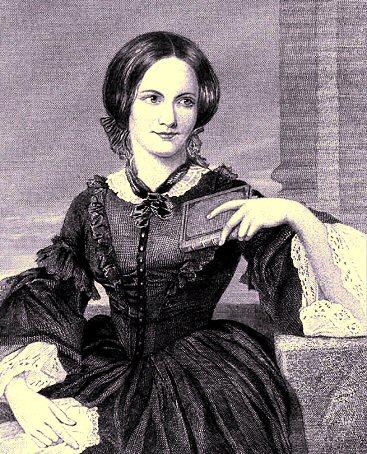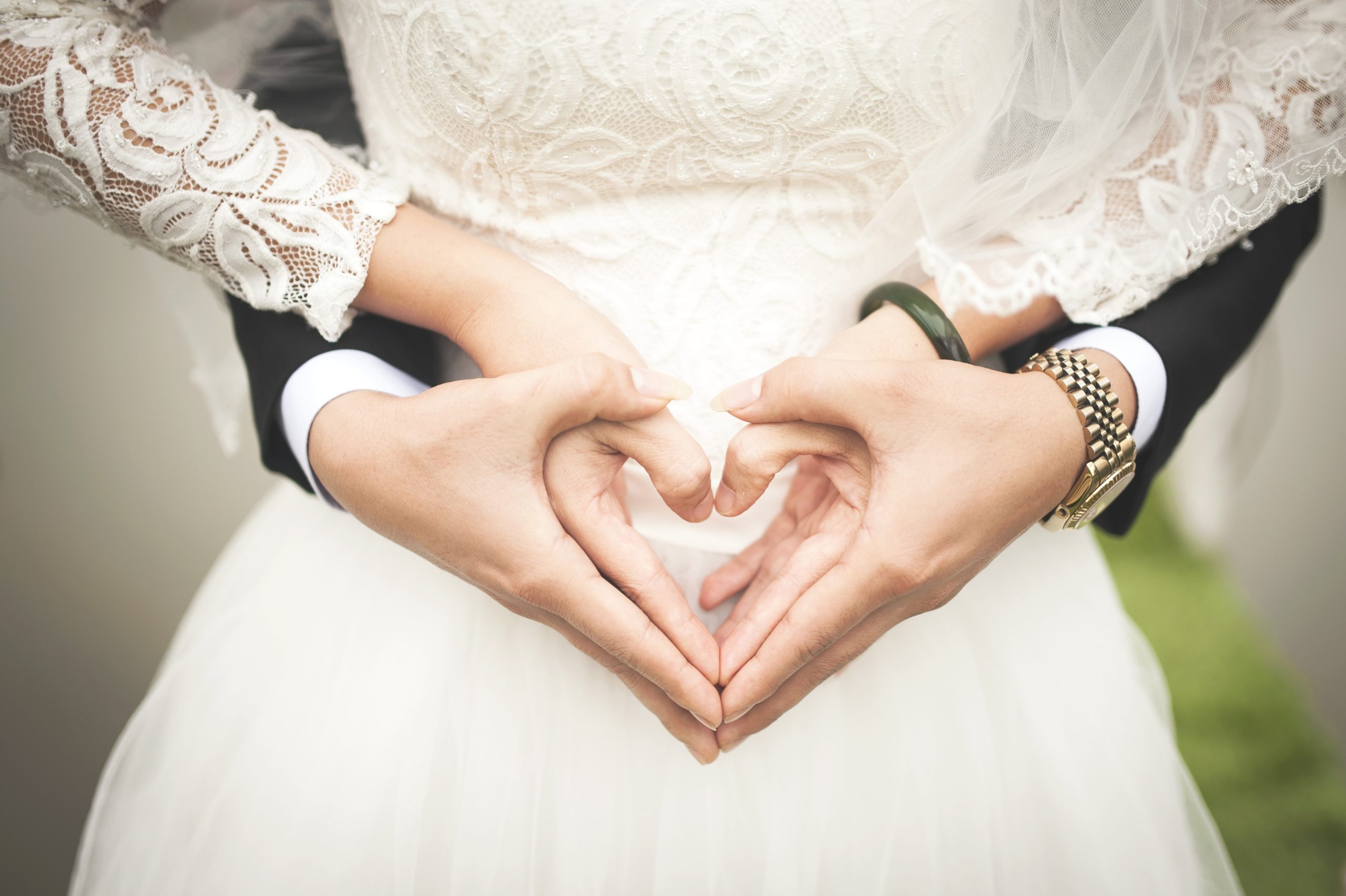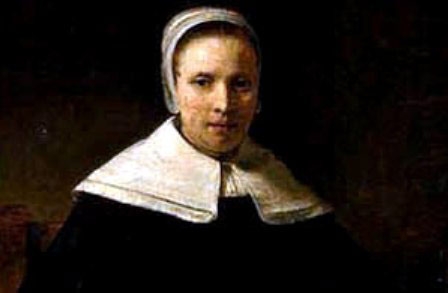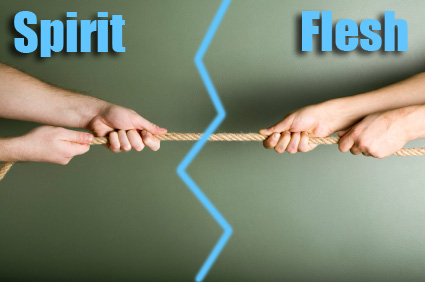“The Author to Her Book” by Anne Bradstreet is in extended metaphor in heroic couplets—two-line groupings in iambic pentameter with an “aa bb cc…” rhyme scheme. Iambic describes a way to write and read poetry according to stressed and unstressed syllables. An iamb is a unit of poetic meter, or a foot, consisting of one unstressed syllable followed by one stressed syllable. Several types of metric substitutions are employed in iambic poetry, but the iamb is the root, and by far the most common. Pentameter refers to the number of feet in a line of poetry—in this case, five. Bradstreet most commonly wrote in iambic meter, usually in pentameter, but sometimes in tetrameter (four feet). Edmund Spenser and Sir Philip Sidney, who both wrote in iambic pentameter, were two of Bradstreet’s chief influences.
Tone
Bradstreet sets the tone of self-deprecation in the very first line of the poem. The narrator refers to the book, her “offspring” (thus, a part of her) as “ill-formed” and her brain as “feeble.” She goes on to disparage the book (and herself by proxy) throughout the piece. The child (book) is dressed “in raggs” (line 2), her “rambling brat” (line 8) whose “visage (i.e., face) was so irksome in [her] sight” (line 10).
While the narrator does not take direct responsibility for the book being sent off into the world,
Who after birth didst by my side remain,
Till snatched from thence by friends, less wise than true,
Who thee abroad, expos’d to publick view, (lines 4-6)
she does lament her inability to care for it adequately.
In better dress to trim thee was my mind,
But nought save home-spun Cloth, i’ th’ house I find.
Theme
At the poem’s turn, around line 11, the theme becomes clear.
Yet being mine own, at length affection would
Thy blemishes amend, if so I could:
I wash’d thy face, but more defects I saw,
And rubbing off a spot, still made a flaw. (lines 11-14)
The narrator is ashamed of her book but cannot deny that is her own. She initially mourned the book’s being taken to the printing press without her consent, before it was ready. When it comes back, she is afforded the opportunity to give it its much-wanted polish. However, she finds that when she looks at the book, she cannot reconcile what she sees as errors. When she starts to edit her work, she seems to only make matters worse; she sees more and more wrong with the book the more time she spends with it.
Metaphor and Symbolism
Ultimately, the narrator is forced to realize that her book will never be “finished” because she cares too much for it—she has put too much of herself into it. It is her child. The narrator is forced into a crisis.
She has to give up her book. With foreboding and pity, she bids it farewell. She warns it against finding its way into “Criticks hands” (line 20) and apologizes for its lack (or purported lack) of a father. In the final couplet, the narrator tells her book that she, “thy Mother,” is poor. The word “poor” here refers to both the fact that the narrator needs to sell the book for financial reasons and that she considers herself to be a “poor” writer. Since she can do no better for her book, no matter how much time she is able to spend with it, it is time for her to let it go.
Language
For the most part, Anne Bradstreet wrote in Modern English. Her writing is relatively easy to follow, but there is still some Middle English sprinkled in, such as the pronouns “thy” and “thou.” Some words, like “publick” and “joynts” look strange to the eye, but sound the same to the ear. Poets at this time sometimes employed contractions, such as “th’press” to keep a poem’s meter.
Biography
Anne Bradstreet (1612-1672) was born into a noble family in England. She did not go to school, but her father was very learned and had a great library. Anne grew up devouring classic and modern literature. She immigrated to New England with her husband, Simon, and her parents in the 1630s. It was here that she began writing poetry and gave birth to eight children. Her first book of poetry, The Tenth Muse Lately Sprung Up in America, was first published in London in 1650.
Some online learning platforms provide certifications, while others are designed to simply grow your skills in your personal and professional life. Including Masterclass and Coursera, here are our recommendations for the best online learning platforms you can sign up for today.
The 7 Best Online Learning Platforms of 2022
- Best Overall: Coursera
- Best for Niche Topics: Udemy
- Best for Creative Fields: Skillshare
- Best for Celebrity Lessons: MasterClass
- Best for STEM: EdX
- Best for Career Building: Udacity
- Best for Data Learning: Pluralsight












